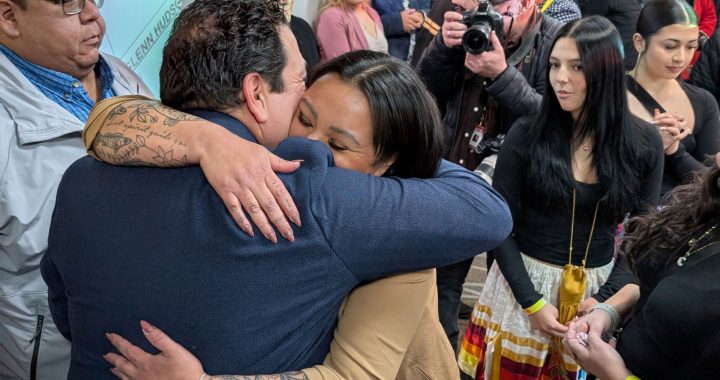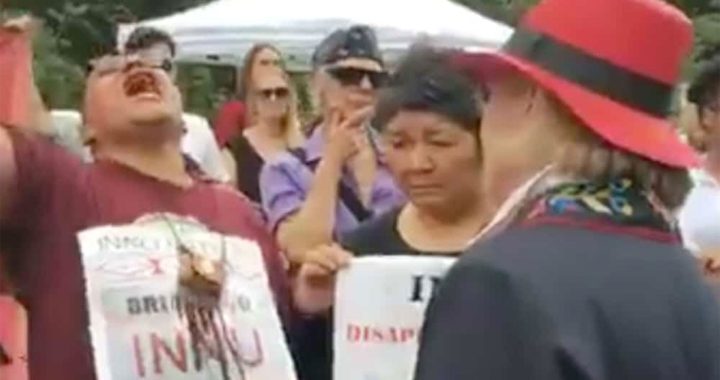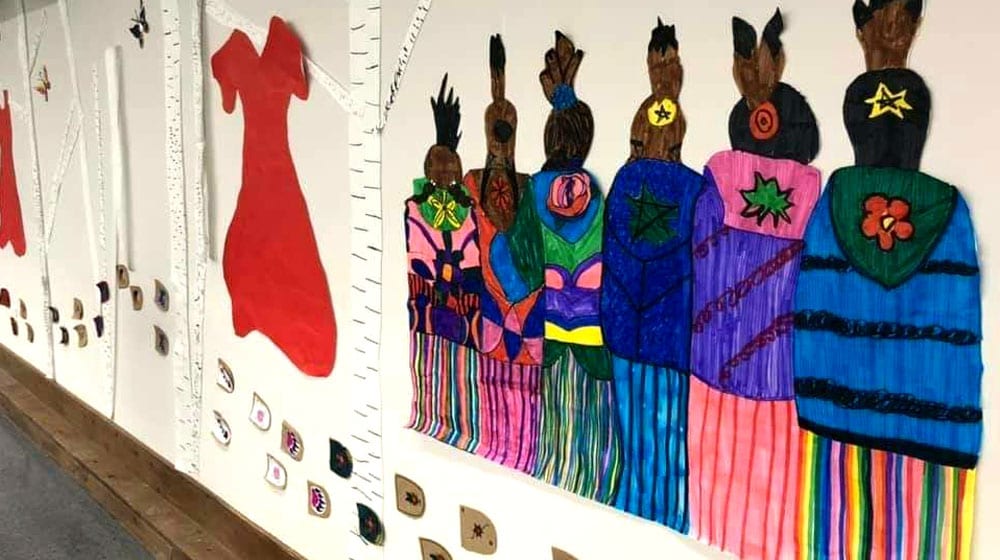
A First Nation community approximately 100 km northeast of Winnipeg is increasingly coming face-to-face with the tragedy of missing and murdered Indigenous women and girls.
The Sagkeeng First Nation, an Anicinabe community of about 8,000 members, is the home of Tina Fontaine. She was a 15-year-old girl pulled from Winnipeg’s Red River in August 2014. Her death made the issue a national one.
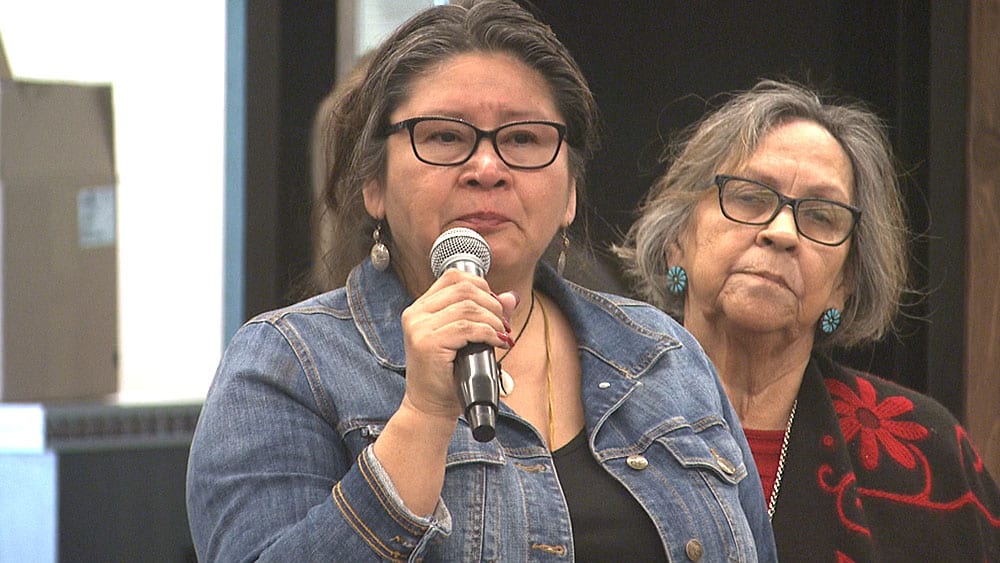
“It’s frightening and I don’t know what exactly what we’re going to do but we need to start protecting our young people,” said Lillian Cook, an advocate from the community.
Cook counts 19 cases of missing and murdered Indigenous women and girls from Sagkeeng, one as recent as last month.
“Nineteen is way too high for one community, it is probably one of the highest number in Canada just from one community,” she said.
20 MMIWG cases
However, APTN found 20 cases, one more than Cook’s count.
Of the 20 cases out of Sagkeeng, the oldest is that of Frances May Cook. In June 1975, Cook was found fatally injured on a stairwell in Winnipeg.
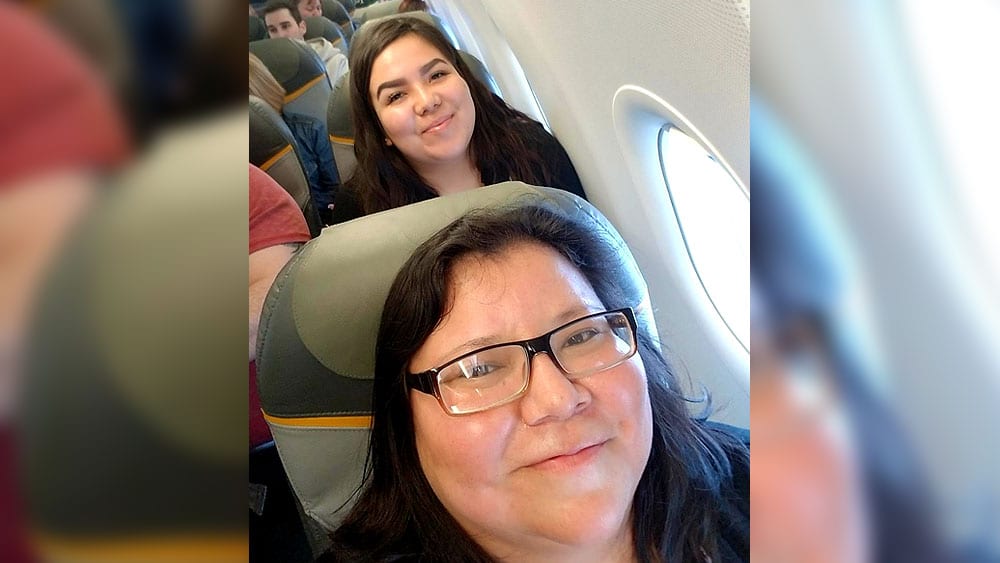
The latest case is that of Danielle Twoheart, 26, who died after falling over a hotel balcony while vacationing with her mother in the Dominican Republic in February. The Twoheart family confirmed with APTN News that they believe Danielle died under suspicious circumstances.
Sharon Nora Jane Abraham is another of the 20 cases. Raised in Sagkeeng First Nation, she eventually left the province for Vancouver.
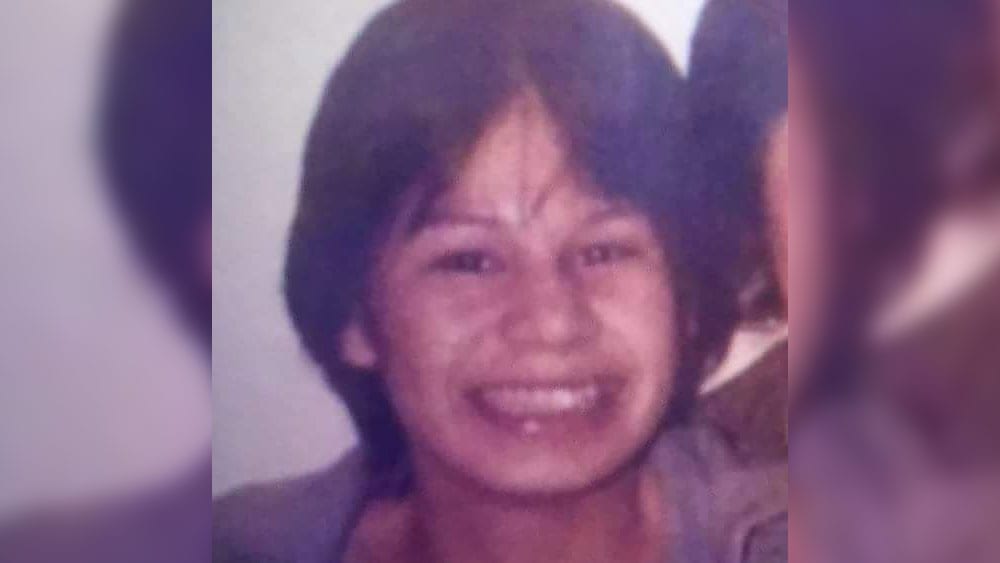
Abraham, 39, was the mother of five. Her family said she had her heart and mind set on going to post-secondary school.
“I have a lot of memories,” said Myrna Abraham, about her older sister Sharon.
When they were just kids, they spent time together swimming and skating. Myrna also remembers Sharon teaching her how to collect wood in the bush.
It was on Jan. 8, 2004 that Sharon was reported missing in New Westminster, B.C. Ten months later her remains were found on Robert Pickton’s farm.
Pickton was a serial killer from Port Coquitlam, B.C., who was found guilty of six counts of second-degree murder, with 20 charges stayed. DNA of six other women, including Sharon Abraham, were found on his farm. Pickton was sentenced to life in prison in December 2007.
According to Jeff Scott, a media relations officer with New Westminster Police Department, her case remains open with the Major Crime Unit.
Police numbers are lower because there is more than one police service involved in investigating these crimes. While people in the community are aware of the total number of Sagkeeng people who have gone missing or been murdered, the various police services focus on where the crime was committed when they compile their statistics.

Tina Fontaine, the young 15-year-old girl from Sagkeeng who was found wrapped in a plastic bag in Winnipeg’s Red River in August 2014, garnered worldwide attention.
The Red River has been a place where many Indigenous women and girls have been found.
It was Fontaine’s case that finally led to the launch of a national inquiry into missing and murdered Indigenous women and girls in December 2015.
According to the Royal Canadian Mounted Police (RCMP), there are 1,181 cases in Canada, based on data from a national operational overview conducted in 2014.
In Manitoba, Indigenous women and girls account for 196 homicides between 1980-2012. As for the number of the missing, recently the RCMP referred APTN to Canada’s Missing site. On the site, 21 missing Indigenous women and girls from Manitoba are profiled.
APTN asked the RCMP “D” Division in Winnipeg how many cases they have recorded to do with Sagkeeng. Tara Seel, a media relations officer, confirmed there is only one case: Serena McKay.
McKay, 19, was violently attacked in Sagkeeng. Her body was found on April 23, 2017. She was not from the community but attended school there.
Police numbers are lower because there is more than one police service involved in investigating these crimes. While people in the community are aware of the total number of Sagkeeng people who have gone missing or been murdered, the various police services focus on where the crime was committed when they compile their statistics.
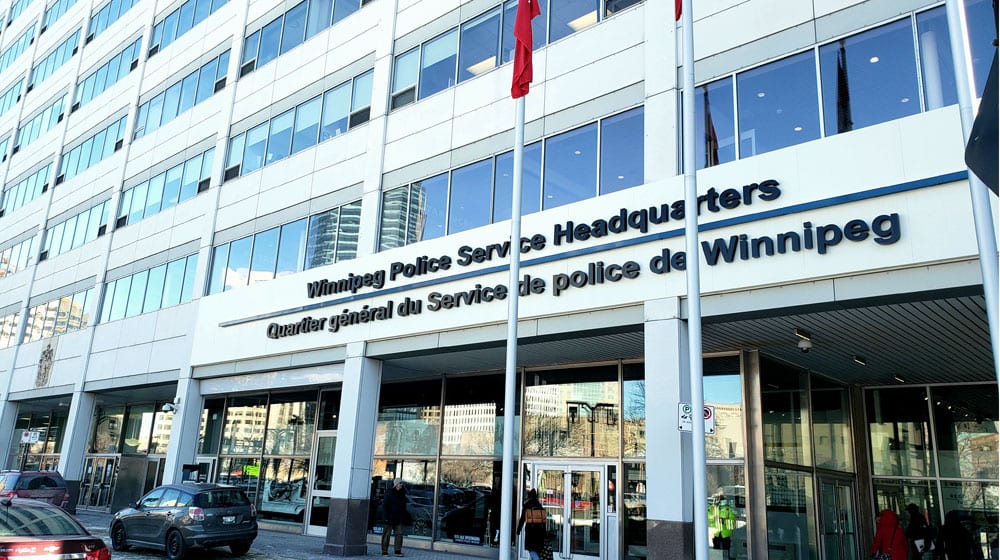
When we asked the same question to the Winnipeg Police Service, APTN was informed when it comes to missing and murdered Indigenous women and girls, a person’s location may or may not be necessarily relevant, and that doing this type of analysis would be time consuming.
According to many advocates, the number of missing and murdered cases of Indigenous women and girls range somewhere between 4,000-5,000.
The Native Women’s Association of Canada believes the number of cases exceeds 1,181 because of crime going unreported, Indigenous identity not always known or cases not taken seriously by police in the past.
Ka-ki-gay-pimitchy-yoong
As a way to honour these lives, the community of Sagkeeng gathered for a memorial recently. It was meant to reveal a monument dedicated to these women and girls and family members.
Called Ka-ki‐gay pimitchy-yoong, which means ‘Life Flows Forever’ in the Ojibwe language, the monument will be placed by the river in the community and it is the statue of an Indigenous girl.
The monument will soon be arriving in the community.
Read More:
Sagkeeng members come together to remember community’s missing and murdered women
“Seeing all the families come together, and how far they’ve grown…because when we first started it was just a small group of families,” said Lillian Cook.

Losing multiple family members violently, Earl Morrisseau feels a monument dedicated to Sagkeeng will help with his own healing.
“I’ll always think of them, but in a nice way because of all the work people have put into it,” said Morrisseau about the monument.
Michele Audette, one of the four National Inquiry commissioners, was also present for the gathering.
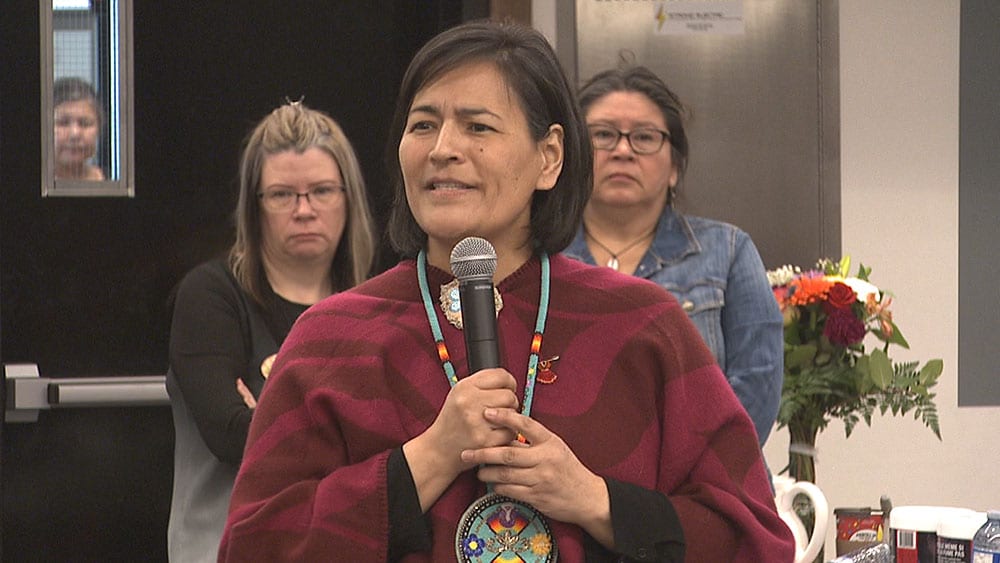
“I am so proud to be here in this community with powerful people [who have] wisdom, experience, [and] who decided to do something to commemorate our loved ones,” said Audette.
Saskatoon and Winnipeg are just two cities in Canada with monuments dedicated to honour the lives of missing and murdered Indigenous women and girls.






